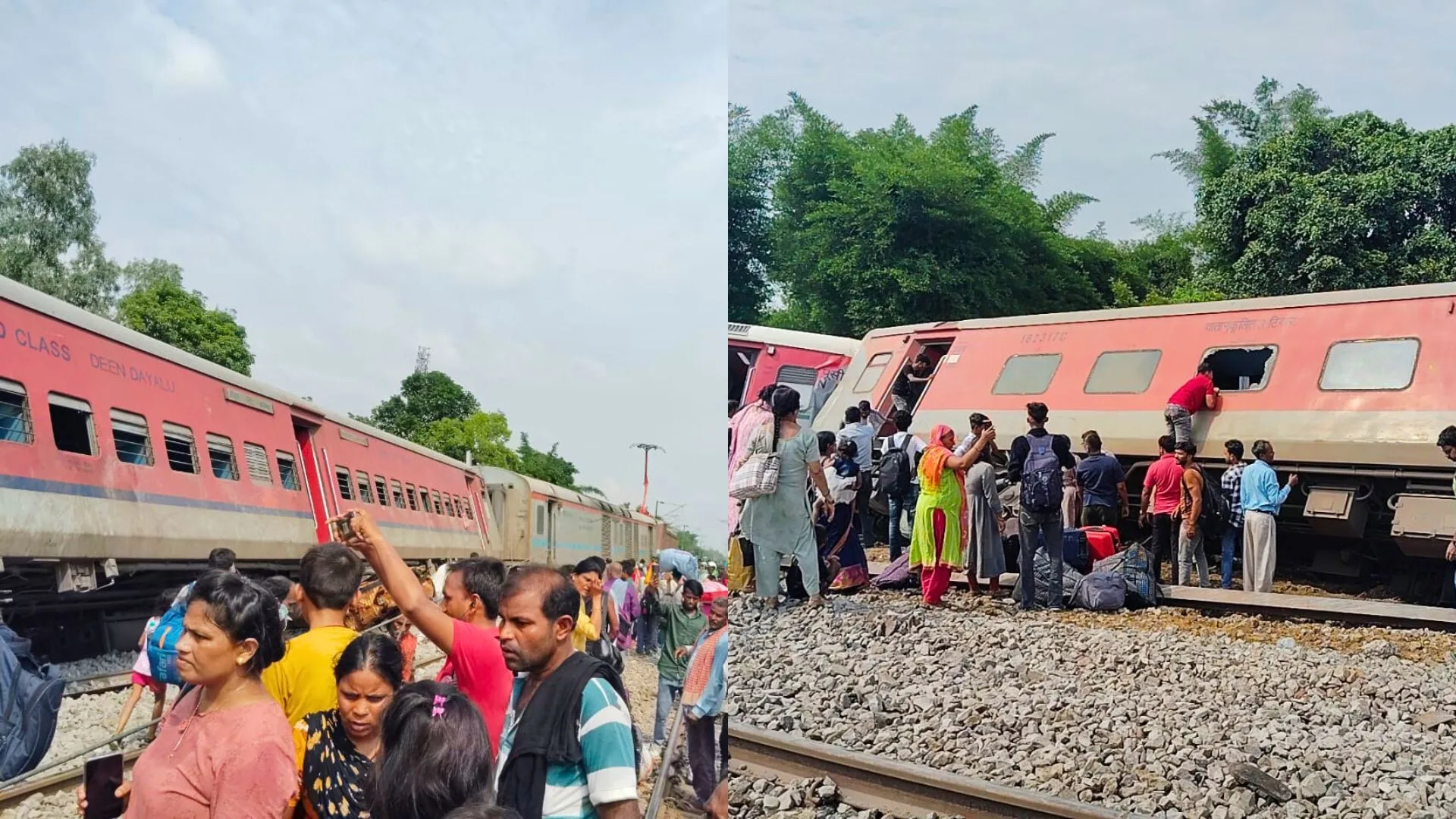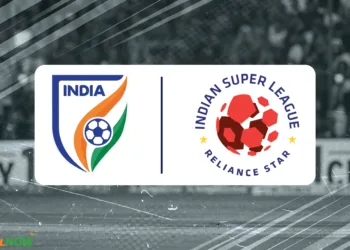UP Train Accident!
That was the prevailing sentiment on February 4, when two goods trains collided in Uttar Pradesh’s Fatehpur district. While this latest UP train accident fortunately did not claim lives, it once again brought the spotlight on India’s sprawling railway network and the urgent need to modernize safety protocols.
Table of Contents
Early Morning Shock: How It Unfolded
It was around 4:30 am when a freight train, already stationary on the track near Shujaatpur and Rusalabad stations, was reportedly struck from behind by another goods train. The cause? Preliminary reports suggest one driver overshot a red signal. For onlookers, the scene was jarring—derailed wagons scattered along the tracks, with rescue teams rushing in at first light.
The good news is that neither crew nor locals suffered harm. Police officers from Khaga arrived promptly, guiding relief operations and coordinating with railway authorities for a swift return to normal services. Even though it was “just two goods trains,” the knock-on effect rippled through the region. Various passenger trains were delayed or cancelled, inconveniencing travelers who relied on this busy corridor for their daily commutes.
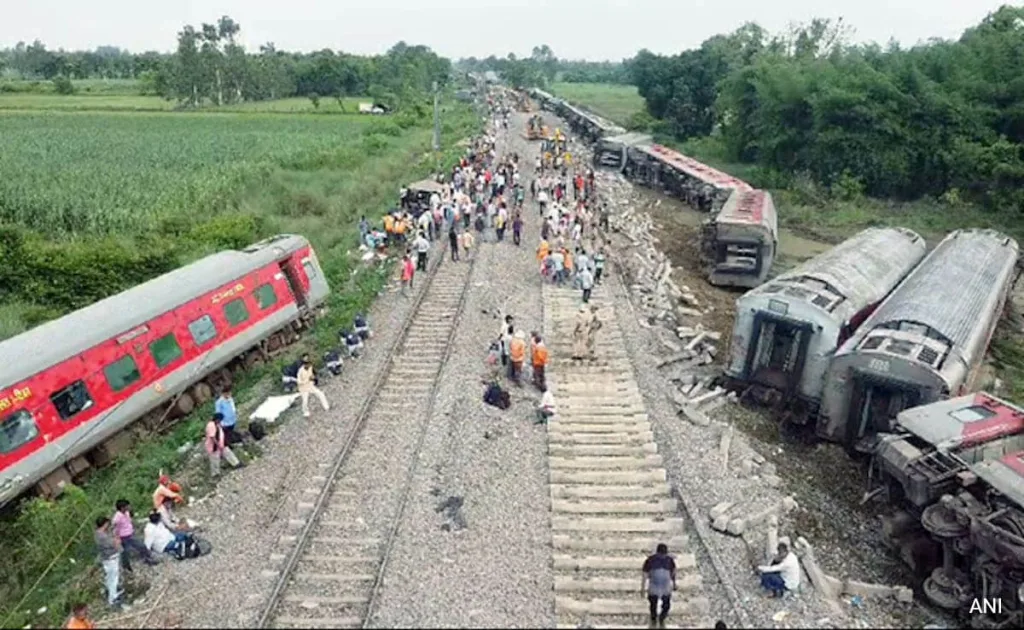
UP Train Accident : On-Site Investigations and Immediate Aftermath
Railway officials swiftly launched an investigation. They aim to pinpoint whether an oversight in signaling, human error, or a technical glitch caused the collision. While accidents on India’s rails have dropped in frequency over the past decade, every new incident revives a familiar question: How do we reinforce safety in a system that transports millions of people daily?
Multiple media outlets reported that both locomotives were heavily damaged, but the motormen sustained no major injuries—thankfully. They were taken to a nearby hospital for a check-up. Meanwhile, a flurry of social media posts surfaced, offering opinions and theories. One user on X (formerly Twitter) alleged that staff shortages within the railway system contributed to the mishap.
The Larger Picture: India’s Recent Spate of Train Accidents
While the Fatehpur incident did not produce casualties, other parts of India have not been as fortunate:
- Pushpak Train Accident (January 2025): Occurred in Jalgaon, Maharashtra. Tragically killed 13 people, raising serious questions about track maintenance and safety checks.
- Kanchanjungha Express Mishap (June 2024): Claimed multiple lives, indicating lapses in emergency response times.
- Bihar Derailment (October 2023): The Anand Vihar Terminal–Kamakhya Junction North East Express derailed near Raghunathpur, resulting in four deaths and injuring over 70 passengers.
- Andhra Pradesh Passenger Trains Collision (October 2023): A catastrophic crash near Vizianagaram district left 14 dead. Investigations pointed to a signal failure and human error, reigniting debate over outdated railway infrastructure.
These incidents follow an unsettling pattern—either a missed signal, outdated equipment, or poor communication can rapidly trigger tragedy. Indeed, the Indian railway system is among the largest in the world. With high traffic volumes, anything from mechanical oversights to human fatigue can lead to massive ripple effects.
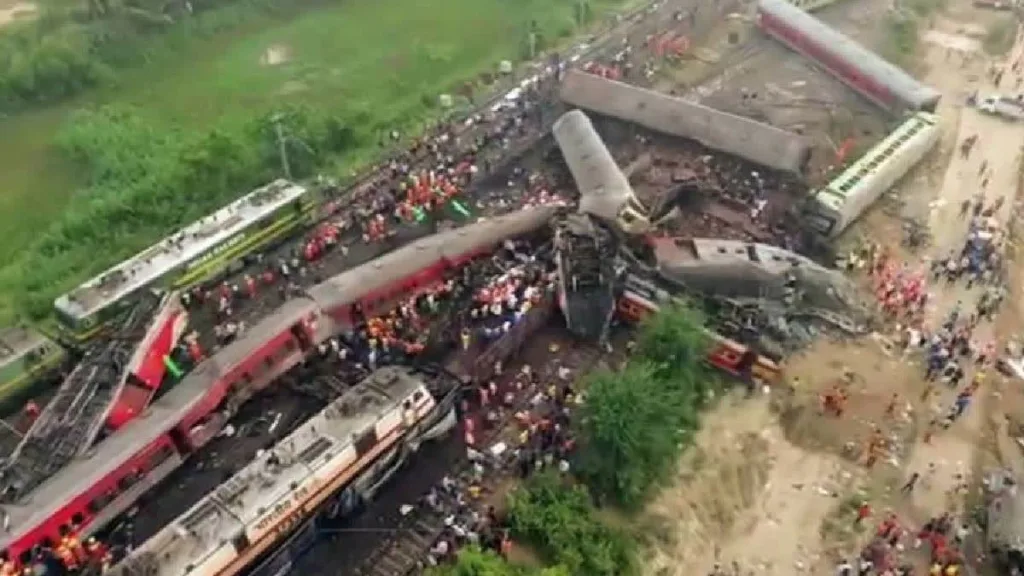
Calls for Modernization
After each railway incident, experts and the general public alike question the status of rail technology in India. Advanced train protection systems, robust signaling, and real-time switching controls have the potential to minimize human errors. Yet implementing large-scale upgrades across thousands of kilometers is no small feat.
Government officials have pledged to accelerate safety initiatives, from installing Automatic Train Protection (ATP) systems to employing sensors that monitor track health. India’s speed of progress, however, remains in the spotlight. As the country invests heavily in high-speed corridors and futuristic trains, it must also shore up the older rail lines that carry tens of thousands of passengers daily.
Ripple Effects on Local Travel
The Fatehpur collision’s immediate impact was enough to disrupt numerous passenger schedules. Trains were suspended or delayed, leaving hundreds stranded. While local travelers endured disruptions, they were grateful that the accident involved only freight trains. “Imagine if a passenger train had been involved,” one commuter said. “We dodged a bigger tragedy this time.”
Railway crews, maintenance teams, and local law enforcement played a critical role in clearing the derailed wagons. With goods-laden cars scattered across the tracks, it was essential to secure the area quickly and prevent further disruption to the busy route.
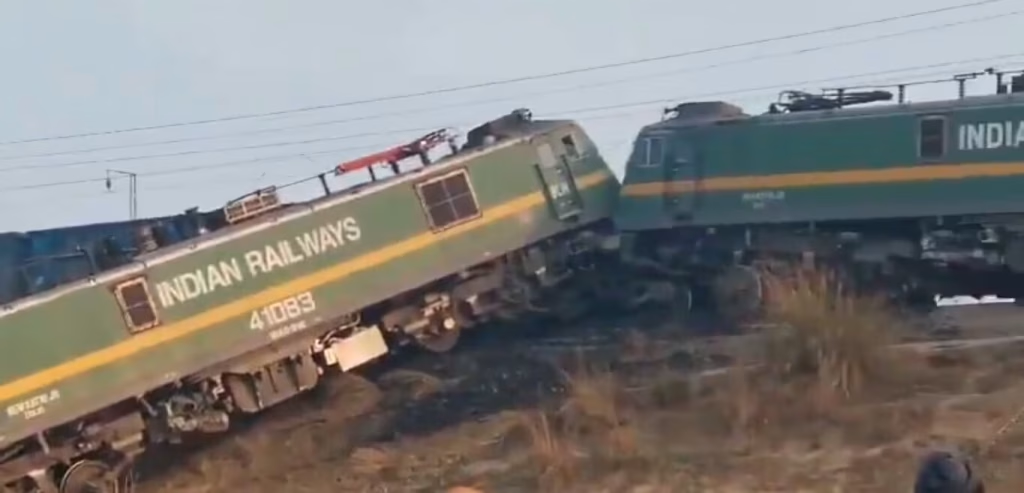
Conclusion
While Fatehpur’s UP train accident may have ended more fortunately than many, it underscores how vital it is to remain vigilant. India’s railway authorities must tackle staff shortages, expedite track upgrades, and encourage punctual service checks. An effective synergy of technology, training, and maintenance could drastically reduce the number of incidents, ensuring that goods trains—and, more importantly, passenger trains—run safely.
In the wake of this accident, local travelers are breathing a sigh of relief that no lives were lost. Yet the real challenge is to harness that relief as momentum for reform. By learning from these near-misses and tragic episodes alike, Indian Railways can chart a path forward—one where trains crisscross the nation without accidents making the headlines.
Read More: EtherealX: How One Indian Startup is Reinventing Space Travel
FAQs
1. Why do train accidents keep happening if technology has improved?
Even though Indian Railways has introduced more advanced signaling and monitoring systems, the rail network is extensive, and older tracks or signals may not yet have modern replacements. Persistent issues like human error, outdated infrastructure segments, and high traffic flows can converge to cause accidents. Ongoing upgrades aim to minimize these risks.
2. What measures are planned to enhance railway safety in India?
Initiatives include deploying Automatic Train Protection systems, strengthening signal infrastructure, adopting real-time monitoring of trains, and boosting staff training. Several pilot projects also test new tech like “Kavach,” a system designed to avoid collisions by automatically stopping trains when a collision risk is detected. The goal is to roll out such solutions system-wide to prevent tragedies.

